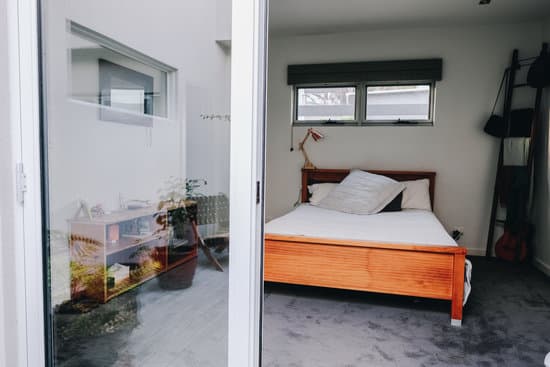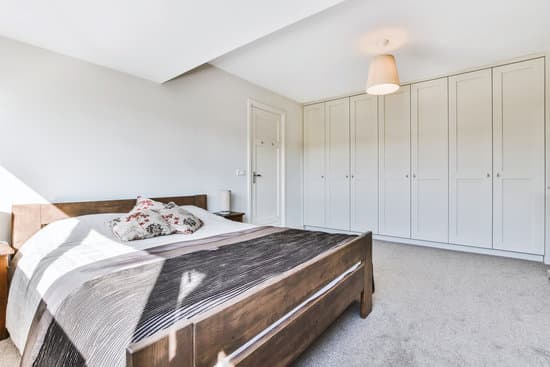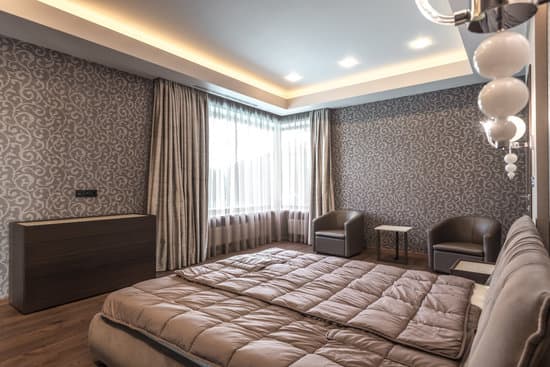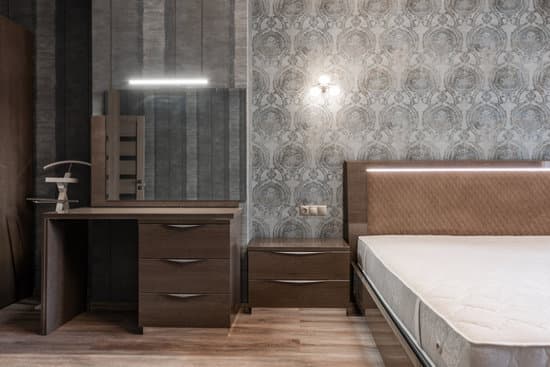Are you looking to give your bedroom a fresh new look? Before diving into the world of paint colors and brushes, it’s important to determine how much it will cost to paint your bedroom. In this article, we’ll guide you through the process of estimating the expenses involved in painting a bedroom. From choosing the right paint type to measuring the size of your room, we’ll help you make informed decisions that prioritize safety and ensure a successful painting project.
Choosing the Right Paint Type
You should choose the right paint type for your bedroom. Safety is a top priority when it comes to painting, so it’s important to select a paint that is low in volatile organic compounds (VOCs) and non-toxic. When choosing the right paint color, keep in mind that lighter shades can make your room appear larger and brighter, while darker colors can create a cozy atmosphere. To achieve a smooth finish, here are some tips: start by preparing the walls properly – clean any dirt or grease and patch up any holes or cracks. Use high-quality brushes and rollers to apply the paint evenly. Apply multiple thin coats instead of one thick coat to avoid drips and streaks. Allow each coat to dry completely before applying another layer for a professional-looking finish.
Measuring the Size of Your Bedroom
To accurately determine the size of your room, it’s important to measure its dimensions. Here are four steps to help you calculate the square footage and determine paint coverage:
- Measure the length of each wall in feet and write down the measurements.
- Measure the height from floor to ceiling and note it as well.
- Multiply the length of each wall by its corresponding height to get the square footage for that wall.
- Add up all the square footage measurements to get the total square footage of your bedroom.
By following these steps, you can ensure that you have an accurate measurement of your room’s size. This information is crucial when determining how much paint you will need for proper coverage without wasting any excess. Remember, measuring correctly not only saves time and money but also promotes a safe environment during your painting project.
Preparing the Surfaces for Painting
Before starting the painting process, it’s essential to prepare the surfaces properly. Cleaning techniques and patching holes are crucial steps that will ensure a smooth and long-lasting paint job in your bedroom. Begin by thoroughly cleaning the walls and ceiling with a mild detergent solution to remove any dirt, dust, or grease. This will create a clean surface for the paint to adhere to. Next, inspect the walls for any imperfections such as cracks or holes. Use spackling compound or putty knife to patch these areas, smoothing them out until they are level with the surrounding surface. Allow sufficient time for the compound to dry before sanding it down gently to achieve a seamless finish. Remember, taking these precautions will not only enhance the appearance of your newly painted bedroom but also contribute to a safe environment for you and your family.
Hiring a Professional vs. DIY
Hiring a professional for the job may save time and ensure a high-quality finish. When it comes to painting a bedroom, there are pros and cons to consider before making a decision. One of the advantages of hiring a professional painter is their expertise. They have the knowledge and skills to handle any surface preparation or repair work that may be needed. Additionally, they can provide guidance on color selection and offer suggestions for achieving the desired look.
However, if you prefer to take on the project yourself, there are tips for successfully painting a bedroom on your own. First, make sure to properly prepare the surfaces by cleaning and sanding them. Use tape to protect areas you don’t want to paint, like trim or windowsills. Invest in quality brushes and rollers for smoother application. Remember to start with a primer before applying the top coat of paint.
Ultimately, whether you hire a professional or tackle it yourself, safety should always be a priority. Make sure to ventilate the room well and use proper protective gear such as goggles and gloves when handling chemicals or working at heights.
Estimating the Cost of Painting Materials
Estimating the cost of painting materials can be challenging, but it is important to budget accordingly for a successful project. When estimating labor expenses, consider the size of your bedroom and how much time it will take to complete the job. Remember to account for any additional prep work or repairs that may be needed before painting.
When comparing prices of different paint brands, keep in mind that quality matters. Cheaper paints may require more coats, leading to extra time and expense. Look for reputable brands known for durability and ease of application.
To add a level of sophistication to your project, consider these tips:
- Invest in high-quality brushes and rollers for a smoother finish.
- Use painter’s tape to protect trim and create clean lines.
- Opt for low-VOC (volatile organic compound) paints to minimize harmful fumes.
By estimating labor expenses and comparing prices of different paint brands, you can ensure a safe and well-executed bedroom painting project while staying within budget.
Conclusion
So now you know the factors to consider when calculating the cost of painting your bedroom. Start by choosing the right paint type and measuring the size of your room accurately. Then, make sure to properly prepare the surfaces before painting. Finally, decide whether to hire a professional or do it yourself based on your budget and expertise. By estimating the cost of painting materials, you can plan and budget accordingly for this home improvement project. Happy painting!







